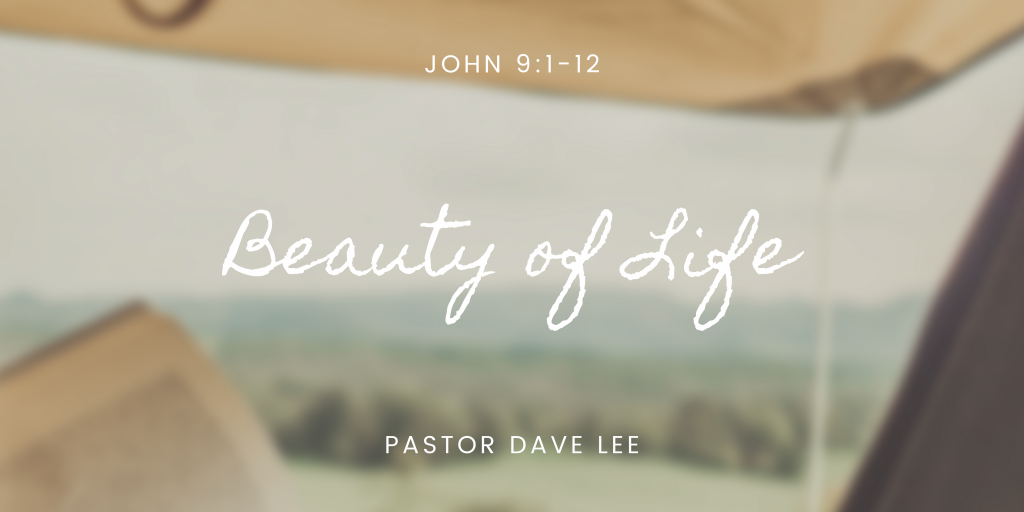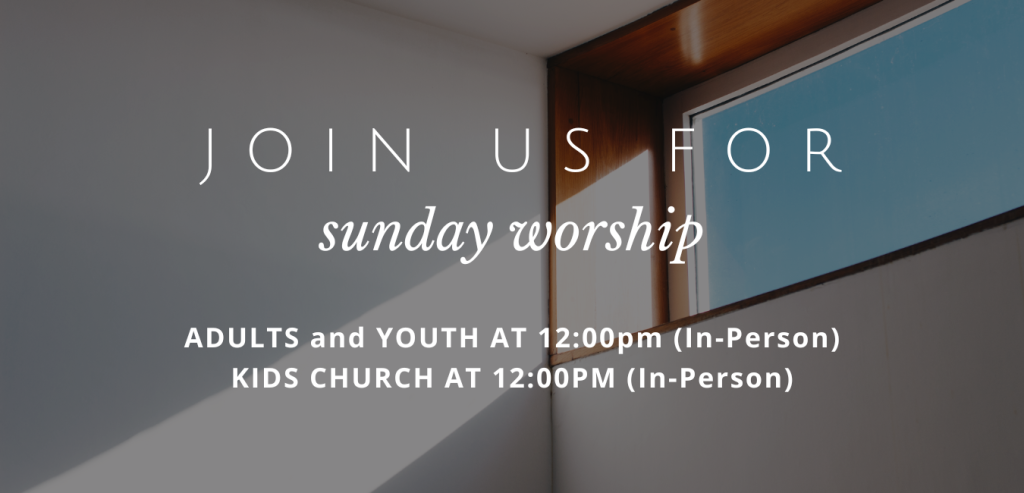Scripture Passage
John 9:1-12
As he went along, he saw a man blind from birth. 2 His disciples asked him, “Rabbi, who sinned, this man or his parents, that he was born blind?”3 “Neither this man nor his parents sinned,” said Jesus, “but this happened so that the works of God might be displayed in him. 4 As long as it is day, we must do the works of him who sent me. Night is coming, when no one can work. 5 While I am in the world, I am the light of the world.”
6 After saying this, he spit on the ground, made some mud with the saliva, and put it on the man’s eyes. 7 “Go,” he told him, “wash in the Pool of Siloam” (this word means “Sent”). So the man went and washed, and came home seeing.
8 His neighbours and those who had formerly seen him begging asked, “Isn’t this the same man who used to sit and beg?” 9 Some claimed that he was.
Others said, “No, he only looks like him.”
But he himself insisted, “I am the man.”
10 “How then were your eyes opened?” they asked.
11 He replied, “The man they call Jesus made some mud and put it on my eyes. He told me to go to Siloam and wash. So I went and washed, and then I could see.”
12 “Where is this man?” they asked him.
“I don’t know,” he said.
Sermon Script
Nuri Bilge Ceylan, a Turkish filmmaker, once said—
If we know how to look, life is very colourful; human scenery is the richest scenery in the world.
Nuri Bilge Ceylan
I agree. Life is rich and colourful. Life is full of beauty. It has so many layers and so much depth. We must learn how to look at what we see each and every day. Life is not always black-and-white.
Jesus knew how to look at life. He looked at people and life situations through a unique lens. He didn’t see life like most people.
When the disciples saw the blind man, they saw a tragedy. They probably thought, ‘Poor guy.’ They took pity on him. They assumed that his blindness was a punishment from God.
His disciples asked him, “Rabbi, who sinned, this man or his parents, that he was born blind?”
John 9:2
The disciples weren’t wrong. Their understanding was in line with their Jewish faith. People believed that children will inherit and suffer whatever the parents did wrong in their life. They also believed that if the child sinned in the mother’s womb, he or she would be born with some kind of defect. So the disciples’ question to Jesus was genuine.
Jesus, however, saw the blind man’s situation differently. He didn’t see it the way his disciples did. He didn’t see the man’s blindness as a punishment from God. He saw something else.
“Neither this man nor his parents sinned,” said Jesus, “but this happened so that the works of God might be displayed in him.
John 9:3
It is easy to misinterpret this verse. We can think that God purposely made this man blind so that he can heal him and show everyone how great he is. That’s not what this verse means.
Jesus didn’t try explaining it to the disciples the actual cause of the man’s blindness. Instead, Jesus told them what he saw. In the blind man’s situation, Jesus saw a potential. Potential for God to make something wonderful out of it. In what seemed like a dark and unfortunate situation, Jesus saw the beauty of life.
Jesus had the spirit of an artist. Artists see potential and possibilities, even in the darkest times. Not only do they see it themselves, they also help others see what is beautiful about life. They transform the reality of suffering and darkness into a concrete expression of hope.
Beauty is not something we only behold with our eyes. Beauty is what we do. Beauty is what we bring to life.
Beauty was not simply something to behold; it was something one could do.
Toni Morrison
Jesus brought beauty to the blind man’s life. He transformed what he saw into something beautiful. He even worked like an artist.
After saying this, he spit on the ground, made some mud with the saliva, and put it on the man’s eyes. “Go,” he hold him, “wash in the Pool of Siloam” (this word means “Sent”). So the man went and washed, and came home seeing.
John 9:6, 7
Because of Jesus, the blind man was able to see for the first time. He no longer saw darkness. Light pierced through the darkness in his life. He saw how beautiful, rich, and colourful life was. No one around him believed it to be possible.
Beauty isn’t just what we see on the surface. Beauty is especially what is hidden from our plain sight. We need to train our eyes to see what is beautiful. With the eyes of faith, we can look and see the beauty of life that is all around us.
In times of failure, you will see an opportunity for learning and growth. In times of anger, you will see an opportunity for forgiveness and understanding. In times of sadness, you will see an opportunity for comfort and hope.
At the March retreat, I reflected on how we often get stuck with what IS. Not what COULD BE.
When you look at your life with faith, God will be your light and help you look beyond what ‘is’. God will help you see what ‘could be’. What God can do in that situation. That is the essence of our journey of faith. Learning to look at life in a new way as we walk with God.
Practice seeing the beauty of life during Lent. Slow down and look around you. Take in what you see and experience. Feel God’s presence. Journal. Help others see the beauty in their life. Thank God for opening your eyes.


Leave a Reply